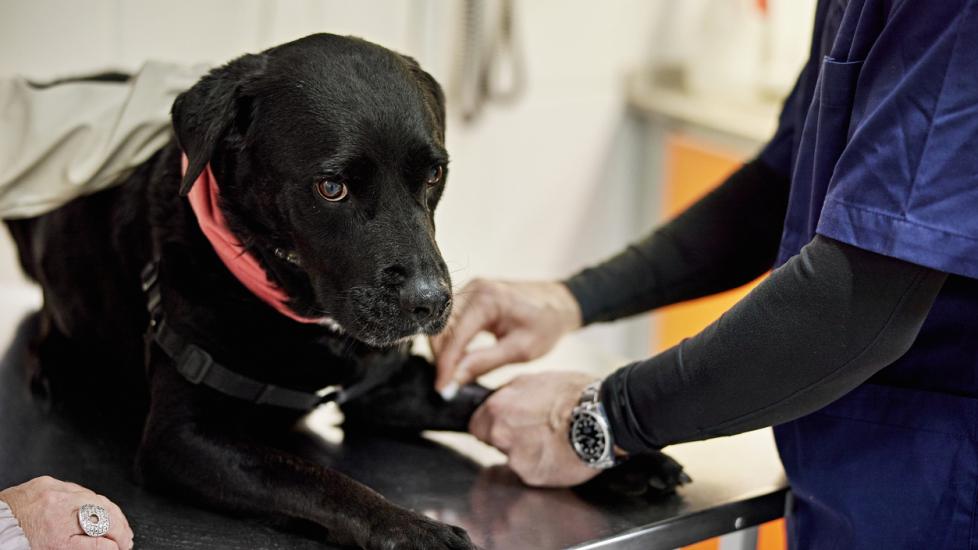Title: Understanding Elbow Dysplasia in Canine Companions
Introduction:
As a devoted pet owner, it is crucial to be aware of the various health issues that can affect our furry friends. One such condition that warrants attention is elbow dysplasia, which is prevalent among dogs and can lead to significant discomfort and mobility challenges if left untreated. This article aims to shed light on this orthopedic disorder, its causes, symptoms, diagnosis, treatment options, and preventive measures. By gaining knowledge about elbow dysplasia, we can provide better care for our beloved canine companions and ensure they live long, active lives filled with joy and playfulness.
Understanding Elbow Anatomy:
The elbow joint plays a pivotal role in a dog’s movement, enabling them to run, jump, and perform other essential activities. It consists of three bones—the humerus (upper arm bone), radius (one of the forearm bones), and ulna (the other forearm bone)—which articulate through ligaments, tendons, and cartilage structures. Any abnormalities within these components can result in elbow dysplasia.
Causes of Elbow Dysplasia:
Genetics are often cited as one of the primary factors contributing to elbow dysplasia. Breed predisposition exists, particularly in large or giant breed dogs like Great Danes, German Shepherds, Bernese Mountain Dogs, and Rottweilers. Hormonal imbalances, rapid growth rates during puppyhood, and environmental influences may also contribute to the development of this condition.
Symptoms of Elbow Dysplasia:
Affected dogs typically display signs of pain and lameness in their front legs. They might limp more frequently, experience difficulty getting up after lying down, or show reluctance to exercise. In severe cases, there may be visible swelling around the elbows or an abnormal gait when walking or running.
Diagnosis and Treatment Options:
A veterinarian will conduct a thorough physical examination to assess the joints for any signs of abnormality. X-rays are then taken to visualize the structure of the elbow joint and identify any developmental irregularities. Depending on the severity of the case, treatments range from conservative management using anti-inflammatory medications and weight control to surgical intervention where corrective procedures are necessary. Surgical techniques include osteotomy, arthroscopic surgery, and even total elbow replacement in extreme instances.
Prevention Strategies:
Breeders can help reduce the incidence of elbow dysplasia by carefully selecting parents who have undergone genetic testing and do not carry the gene for this condition. Additionally, early socialization and controlled diet during a puppy’s formative years can promote healthy growth patterns and muscle development. Regular check-ups with a veterinarian and timely interventions can catch problems before they escalate, leading to better outcomes for affected dogs.
Conclusion:
Elbow dysplasia is a complex issue affecting many dogs worldwide. However, with proper awareness, proactive veterinary care, and informed breeding practices, we can work towards reducing the prevalence of this debilitating condition. By understanding the intricacies of elbow anatomy, recognizing potential risk factors, and being vigilant about monitoring your dog’s health, you can create a supportive environment that promotes longevity and quality of life for your four-legged friend.
